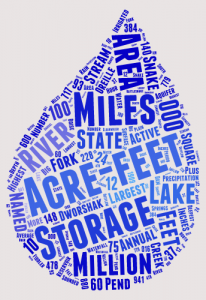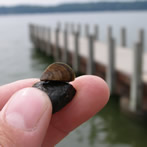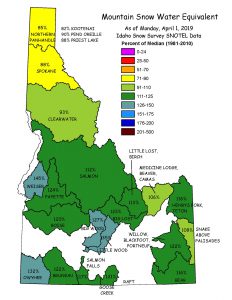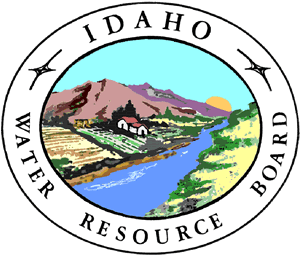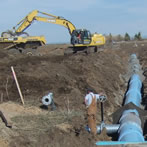IWRB was tasked by the Idaho Legislature with developing an Eastern Snake Plain Aquifer (ESPA) Comprehensive Aquifer Management Plan. The Legislature wanted to establish public policy as a settlement framework for future management of the ESPA. In 2007, IWRB presented a framework to the Legislature and in 2009, IWRB presented the Comprehensive Aquifer Management Plan.
On August 10, 2006, IWRB hired CDR Associates of Boulder, Colorado to facilitate the ESPA Management Plan development.
Framework Development
After a series of public meetings with stakeholders, IWRB presented the ESPA Plan Framework to the Legislature on February 14, 2007. The framework recognized that supply of and demands for water are out of balance in the Eastern Snake River Plain and the connected Snake River, making more deliberate and coordinated management of surface waters of the Snake River and the underground waters of the ESPA a necessity. The framework set forth the overarching goals and objectives adopted by IWRB for the management of the ESPA.
The ESPA Plan
Guided by the goals and objectives in the framework, the Advisory Committee identified and considered opportunities for managing available water supply and demand to address current and future water-use needs including, but not limited to, those for irrigated agriculture, aquaculture, industry, hydropower, municipalities, real estate development, and domestic users and to protect environmental values.
The long-term objective of the plan is to incrementally achieve a net ESPA water budget change of 600 thousand acre-feet (kaf) annually. It is projected that this hydrologic goal can be achieved by the year 2030 through implementation of a mix of management actions including:
- groundwater to surface water conversions,
- managed aquifer recharge,
- demand reduction through conservation and efficiency improvements, and
- a pilot weather modification (cloud seeding) program in the Upper Snake.
The plan sets forth actions which stabilize and improve spring flows, aquifer levels, and river flows across the Eastern Snake Plain. The plan approaches the 600 kaf target in phases. The phase 1 (1-10 years) hydrologic target is a water budget change between 200-300 kaf.
The ESPA Comprehensive Aquifer Management Plan was adopted by IWRB on January 29, 2009 and passed into law by the Governor of Idaho on April 23, 2009.
Advisory Committee
The framework outlined a process for developing the plan and called for an advisory committee to prepare and recommend a plan to the IWRB. In collaboration with the Governor, IWRB appointed stakeholder representatives to the ESPA Advisory Committee. Beginning in May 2007, the Advisory Committee held monthly meetings. To ensure the process was transparent and inclusive, all meetings were open to the public and all related materials were posted on the website. IWRB and the Advisory Committee worked together to complete the plan for submission to the 2009 Legislature.
Implementation Committee
The ESPA plan included an additional action for the IWRB to establish an Implementation Committee to assist in the implementation of the plan. The Implementation Committee is comprised of the interest groups that were represented on the Advisory Committee and, in most cases, the interest group representatives are the same as those who served on the Advisory Committee. The Implementation Committee is assisting the IWRB in the prioritization, development, implementation, monitoring, and evaluation of the management actions. The Implementation Committee considers and recommends actions and objectives to stabilize and improve spring flows and aquifer levels and effect changes in river flows.
As part of the Implementation Committee, five working groups meet regularly to discuss relevant information and make proposals to the Implementation Committee regarding project implementation and funding. These groups are composed of Implementation Committee members and are supported by IWRB staff. The five working groups are Conversions, Demand Reduction, Funding, Recharge, and Weather Modification.
- Implementation Committee Members
- Implementation Committee Operating Protocols
- Implementation Committee Work Plan
- Implementation Committee Timeline
- Implementation Committee Project Submission Overview
- Documents Associated with Project Proposals to be Considered by the Implementation Committee & 2010 Letters from ESPA Stakeholders to Governor Otter’s Office


